
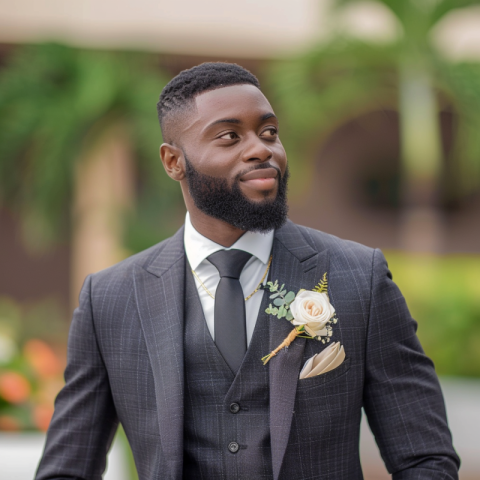
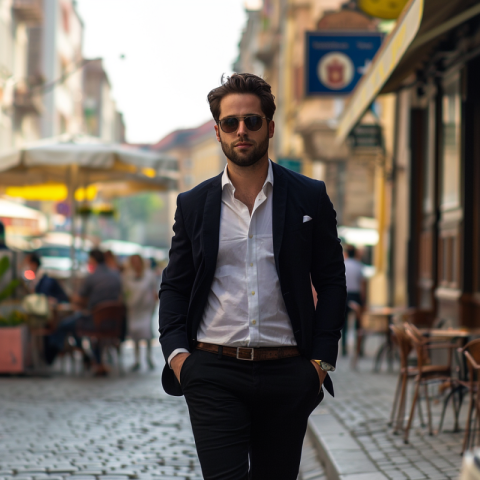
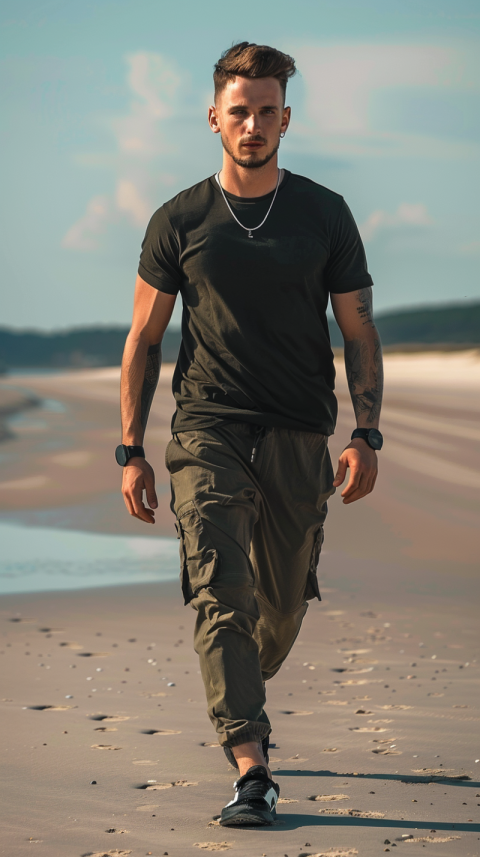
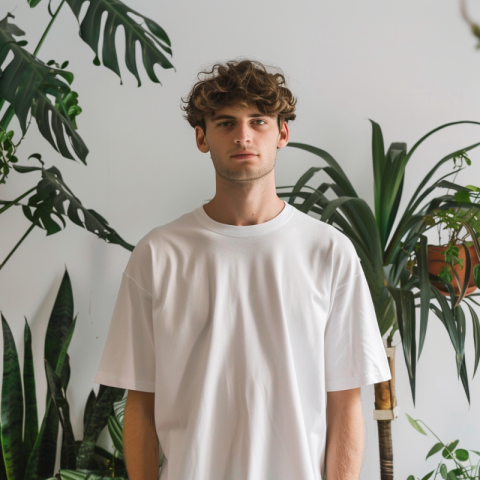
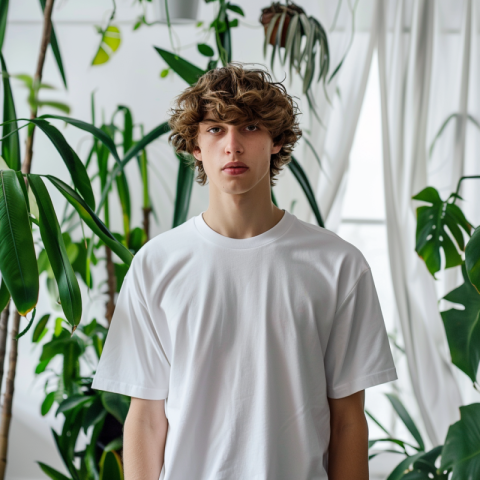
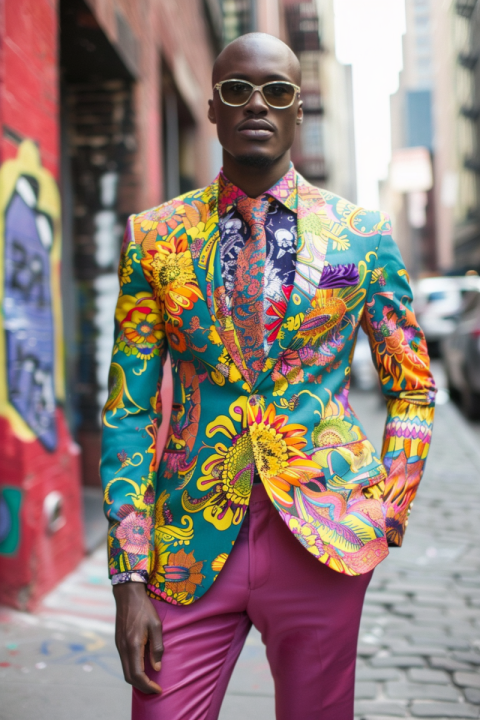

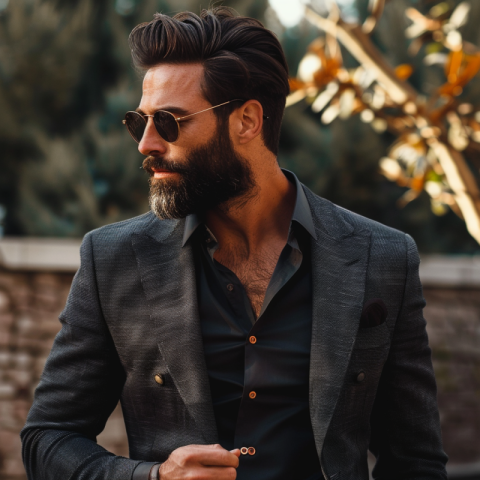
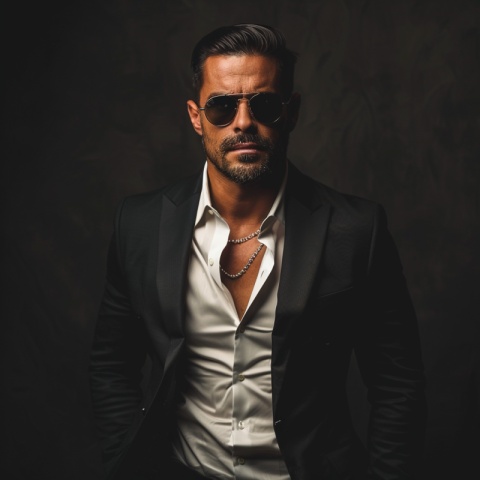

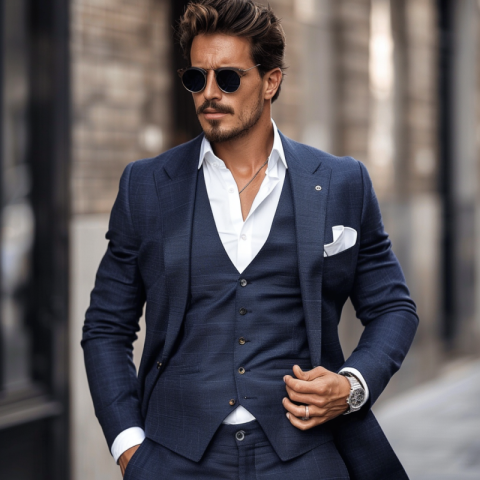
Men's Fashion: A Century of Style Evolution and Self-Expression
Men's fashion, like its female counterpart, is a dynamic and ever-changing landscape, reflecting broader social, cultural, and economic shifts. Over the past century, men's fashion has moved from the rigid formality of the early 1900s to the diverse and individualized styles of today. It's a story of evolving masculinity, the rise of new trends, and the enduring power of classic style.
1. The Early 20th Century: The Reign of the Suit
- The early 20th century saw the suit as the dominant garment in men's fashion.
- Men wore suits for almost every occasion, from work to social events.
- The silhouette was generally slim and tailored, with high-waisted trousers and narrow lapels.
- Hats, such as fedoras and homburgs, were essential accessories.
- The three piece suit was very popular.
2. The 1920s: The Jazz Age and Newfound Freedom
- The 1920s, also known as the Jazz Age, brought a sense of liberation and a relaxation of traditional dress codes.
- Men's fashion became less formal, with the introduction of softer fabrics and more casual styles.
- The suit remained popular but with wider lapels and a looser fit.
- Sportswear, such as sweaters and knickerbockers, gained popularity.
- Men started to wear two-toned shoes.
3. The 1930s: Depression-Era Style and Hollywood Influence
- The Great Depression had a significant impact on men's fashion, with a focus on durability and practicality.
- The silhouette became more streamlined and athletic, with broad shoulders and a tapered waist, influenced by Hollywood stars like Cary Grant.
- Double-breasted suits and wide-legged trousers were popular.
- The fedora remained a staple accessory.
4. The 1940s: Wartime Austerity and the Zoot Suit
- World War II dominated the first half of the 1940s, leading to fabric rationing and simpler styles in men's fashion.
- The "utility suit," a simple and functional suit designed for wartime production, became common.
- In contrast to the wartime austerity, the zoot suit, featuring a long, oversized jacket with wide padded shoulders and high-waisted, pegged trousers, emerged as a symbol of rebellion among minority youth.
5. The 1950s: The Rise of Casual Wear and the Ivy League Look
- The 1950s saw the rise of casual wear in men's fashion, reflecting a growing emphasis on leisure and suburban living.
- The "Ivy League" look, characterized by button-down shirts, chinos, and loafers, became popular among college students and young professionals.
- Teenagers embraced styles like leather jackets, jeans, and T-shirts, inspired by rebellious icons like James Dean.
- Men started to wear brighter colors.
6. The 1960s: The Peacock Revolution and Counterculture Style
- The 1960s was a decade of radical change in men's fashion, with the "Peacock Revolution" challenging traditional notions of masculinity.
- Men embraced bolder colors, patterns, and fabrics, including velvet, paisley, and floral prints.
- The mod style, originating in London, featured slim-fitting suits, tailored shirts, and pointed-toe shoes.
- The hippie movement brought a more bohemian aesthetic, with long hair, beards, and ethnic-inspired clothing.
7. The 1970s: Disco and the Rise of Leisure Suits
- The 1970s saw a continuation of the experimentation of the 1960s, with men's fashion becoming even more flamboyant.
- The disco era brought shiny fabrics, bell bottoms, and platform shoes.
- The leisure suit, a matching jacket and trousers often made of polyester, became a popular, albeit short-lived, trend.
- Jeans became increasingly popular and were no longer just for casual wear.
8. The 1980s: Power Dressing and Streetwear
- The 1980s was a decade of excess in men's fashion, with "power dressing" reflecting the ambition and materialism of the era.
- Men wore suits with broad shoulders, often in pinstripes or bold colors, to project an image of authority.
- The rise of hip-hop and streetwear brought a new aesthetic, with brands like Adidas and Nike gaining prominence.
- Casual wear consisted of bright colors and often had name brands prominently displayed.
9. The 1990s: Grunge, Minimalism, and the Rise of Business Casual
- The 1990s saw a reaction against the excess of the 1980s, with trends like grunge and minimalism gaining popularity.
- Grunge, inspired by the Seattle music scene, featured ripped jeans, flannel shirts, and a generally unkempt look.
- Minimalism emphasized clean lines, simple silhouettes, and a neutral color palette.
- "Business casual" emerged as a more relaxed alternative to the traditional suit in the workplace.
10. The 2000s-Present: The Internet, Fast Fashion, and Individual Style
- The 21st century has seen the rise of fast fashion, with retailers like H&M and Zara offering affordable and trendy clothing.
- The internet and social media have had a profound impact on men's fashion, with influencers and bloggers shaping trends and providing style inspiration.
- Men's fashion has become more diverse and individualized, with a focus on personal style and self-expression.
- Men are now more willing to experiment with colors, patterns, and accessories.
- Athleisure has become a staple of men's fashion.
Conclusion:
Men's fashion has undergone a dramatic transformation over the past century, reflecting the changing social, cultural, and economic landscape. From the formal suits of the early 1900s to the diverse and individualized styles of today, men's fashion has become a powerful form of self-expression. As men continue to redefine masculinity and embrace new trends, fashion will undoubtedly continue to evolve, offering an ever-expanding range of possibilities for expressing personal style.
Men's fashion, men's style, men's clothing, history of men's fashion, men's fashion trends, men's fashion icons, men's suits, men's casual wear, men's streetwear, men's accessories, 1950s men's fashion, 1960s men's fashion, 1980s men's fashion, 1990s men's fashion, men's fashion week, men's fashion designers, men's fashion bloggers, men's fashion influencers, online shopping for men, best dressed men, men's fashion tips, how to dress well for men, men's fashion for work, men's fashion for special occasions, classic men's style, modern men's style, affordable men's fashion.

